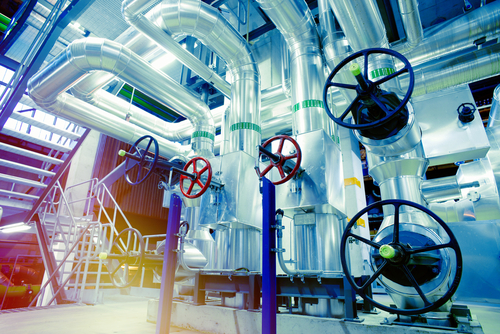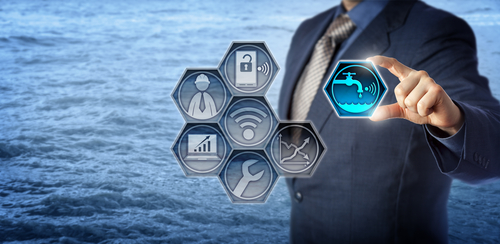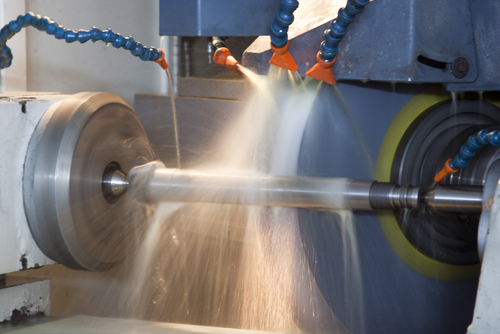Across the world, high-income countries use 59 percent of their water for industrial use, including fabricating, processing, washing, diluting, cooling or transporting a product. Various companies are using up more water than the average citizen, but are these organizations doing enough to curb their water consumption rates?
As a business owner, you may be more interested in conserving money than water, but limiting your use of industrial water will help conserve this precious natural resource for those who need it most. There’s only so much freshwater around the globe, and your company needs to do its part to reduce your usage rates. You can lower your overall operating expenses and protect the local environment. Use these tips to make every drop count.
Conduct a Water Usage Assessment
You won’t know how much water your facility is using unless you conduct an in-depth water usage assessment. Consider all the ways you and your employees use water on the job, including in the manufacturing or production process as well as everyday needs such as using the restroom and washing your hands. Reach out to your utility company to get a better idea of how much water you’re using–and paying for–on a regular basis.
Once you have an idea of how much water you’re using, consider how much you actually need to get your products out the door. Look for ways to reduce the amount of water used in the production or manufacturing process. If you reduce your usage rates, will it affect the overall quality of your products? If the answer is no, talk to your employees about implementing these changes. Show them how to limit their use of water on the floor. Set up automatic shut-off protocols to teach your workers to work with less.
In addition to your own facility, consider the water footprint of the items you and your team use every day, including storage containers and supplies. Invest in recycled or used packaging to reduce your water consumption. Instead of ordering new supplies from scratch, you can keep using the same containers again and again.
Monitor Your Facility for Potential Issues
As we noted earlier, conserving water isn’t just about the manufacturing process. It’s also a matter of how your facility was designed and built in the first place. Monitor your facility for potential leaks, cracks and other issues that can sap your water supply. Inspect your pipes and well for damage and address any issues immediately to limit your water usage.
Get in the habit of conducting these checks on a regular basis, especially if you are renting out an older building that’s in need of repairs. Talk to the building owner about addressing these issues on a timely basis so your business only uses as much water as it needs.
Addressing leaks and cracks isn’t just about conserving water. It’s also about keeping your employees safe on the job. A small puddle could easily lead to disaster on the floor as your workers hustle to get orders out the door. Excess moisture and leaks can also ruin your inventory and containers, forcing you to throw out perfectly good materials that could have made their way to a consumer.
Improve Workplace and Employee Amenities
Much of your water may go to important tasks like employee sanitation and the onsite restroom or breakroom. You can’t force your employees to wash their hands with less water, especially if it could lead to the spread of germs.
Instead, install low-pressure faucets around your facility so they emit fewer gallons of water per minute. Replace old toilets with energy-efficient models.
Talk to your employees about using hoses and faucets more efficiently. Train them to use less water on the job instead of letting the hose run for minutes on end.

Track the Success of Your Conservation Efforts
Conserving water is often an ongoing battle. If you take the steps mentioned above, you should reduce your consumption rates over time. However, it’s always important to track the success of these efforts to make sure you’re headed in the right direction. Your workers can easily go back to their old ways after a few months or weeks. Your building may also develop new problems as time goes on. Regularly record and track your progress to make sure these changes last for the foreseeable future.
Water is an important commodity around the world. Your company may have an abundance of water today, but that may not be true down the line. Create a sustainable warehouse with reusable bulk storage containers and robust conservation efforts. Together, we can all reduce our water usage to make sure we have plenty for decades to come.

